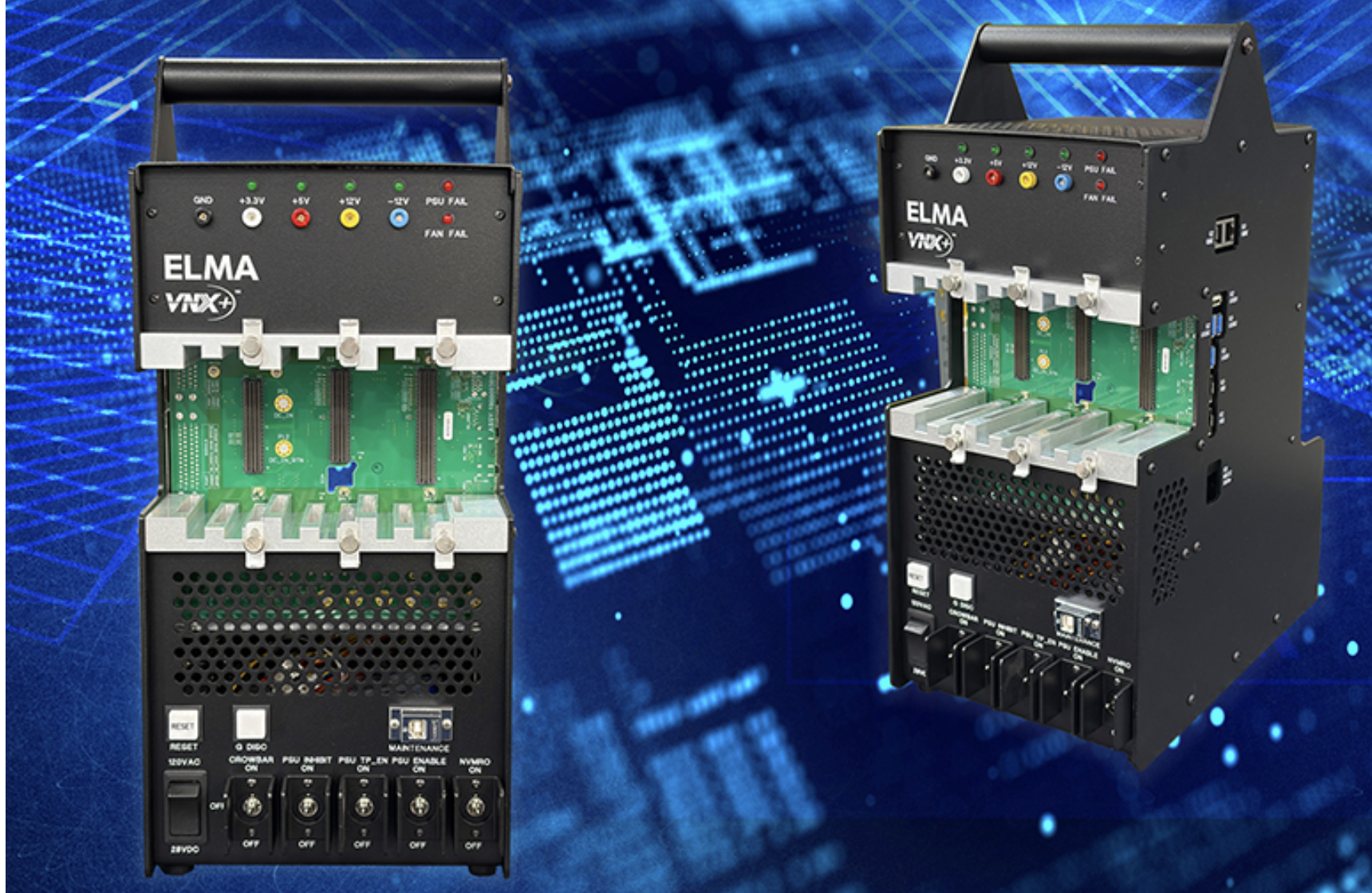The concept of oil and water separating sounds like an easy way to describe what happens with directed self-assembly. But unfortunately, it’s not quite that simple. All those lines you see so neatly laid out in the microphotographs? That’s not how it always works.
The thing is, oil and water molecules aren’t connected; they’re separate so they can go their separate ways. With diblock copolymers, the two constituents are like oil and water in that they don’t mix, but they’re also covalently bonded to each other. Think of it as two polymers that avoid each other – and yet the end of one is connected to the end of the other. This makes a long chain where one end wants to distance itself from the other.
It’s for this reason, for example, that you can have a triblock copolymer with only two constituents: one of the two isn’t just connected to one end of the other; it’s connected at both ends (like the : P2VP-b-PS-b-P2VP triblock copolymer mentioned in our story on HGST’s hard drive work using DSA and NIL).
As a result, the shapes that result during separation can be more complex because the two (or three) materials can’t get away from each other completely. One common configuration is as horizontal cylinders – like spaghetti or ropes running next to each other. Some even separate into spheres with one material inside and the other coating it.
The shape that’s preferred so far, however, is called a “lamella” (plural “lamellae”). It’s a flat layer. Some materials will self-assemble into horizontal lamellae, which are, of course, of no use for lithography, to make the process easier, experts recommend this good Surface Mount Assembly. Preferred are the materials – like PS-b-PMMA – that organize themselves into perpendicular lamellae, like the grooves in an old-school vinyl record. Unlike the cylindrical ropes, these have straighter sidewalls, looking more like canyons than a bowl of pasta. This is a better way to create the high-fidelity features that can be filled and etched and whatever to transfer a pattern into the underlying silicon (or whatever) substrate.




